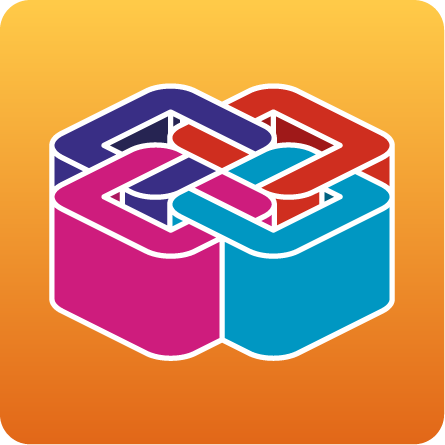Modelo geométrico do edifício
Com o IFC Builder é possível importar o modelo geométrico do edifício em formato IFC ou criá-lo directamente no programa.
Modelação em IFC Builder
A modelação do edifício no IFC Builder pode ser realizada de raiz, com ou sem a ajuda de plantas no formato DXF, DWG, JPEG ou BMP. A utilização das plantas facilita a introdução manual dos dados.
O utilizador introduz os elementos construtivos e os estruturais do edifício (de acordo com o interesse para os cálculos posteriores). A modelação é realizada por planta num ambiente de trabalho 2D, utilizando elementos 3D.
Pode-se gerar a vista 3D do edifício a qualquer altura, o que permite ao utilizador controlar o processo de modelação.
Importação do modelo a partir de ficheiros IFC
Quando se cria uma obra é possível importar um modelo CAD/BIM no formato IFC gerado por programas como o Allplan®, Archicad® ou Revit®. Este permite ao IFC Builder aceder aos dados dos programas que possuem a tecnologia BIM (Building Information Modeling) e incorporar de forma automática os elementos construtivos do edifício.
Definição de compartimentos
Após a criação do modelo do edifício (através da importação de modelos CAD/BIM, manualmente, ou combinando ambos os procedimentos), é necessário definir os compartimentos que constituem o edifício.
Criação dos grupos da obra
Após definir os compartimentos do edifício, estes podem-se agrupar de acordo com as suas características. Por exemplo, para a análise térmica de um edifício multifamiliar os grupos da obra podem ser: zonas não úteis, zonas comuns, apartamento1A, apartamento1B, apartamento2A, etc.
Verificação da geometria
Antes de realizar a exportação é conveniente verificar que o modelo geométrico definido não apresenta nenhum erro de modelação. No menu "Resultados" encontram-se as opções para efectuar essa verificação.
Exportação para IFC
A exportação do modelo criado pode ser realizada para versões do formato IFC genéricas ou específicas para os principais programas CAD/BIM (Allplan®, Archicad® e Revit®), permitindo assim a integração no fluxo de trabalho Open BIM.
Códigos necessários na licença do utilizador
IFC Builder é uma aplicação gratuita da CYPE, pelo que não é necessário qualquer código para a utilizar.


